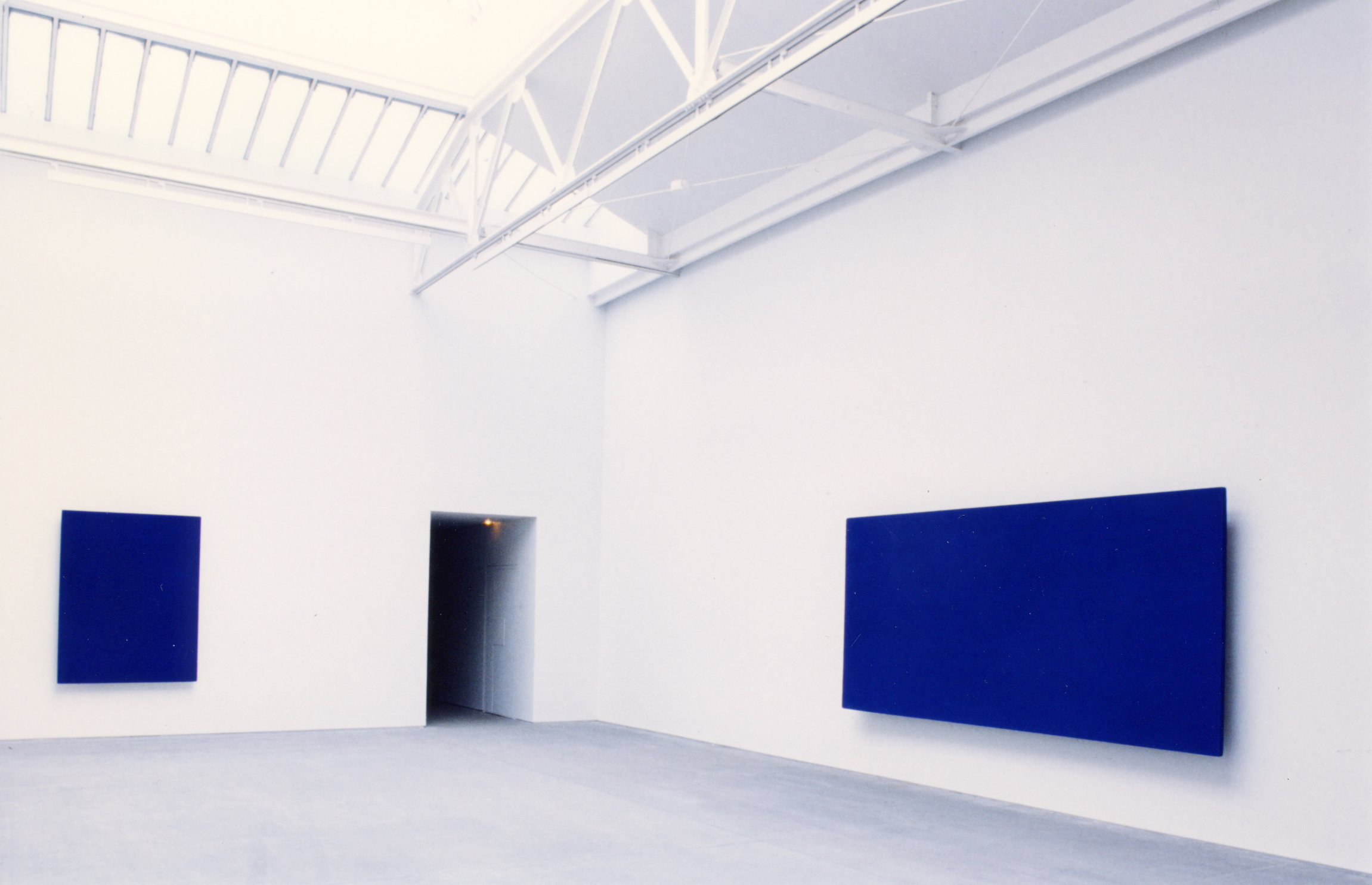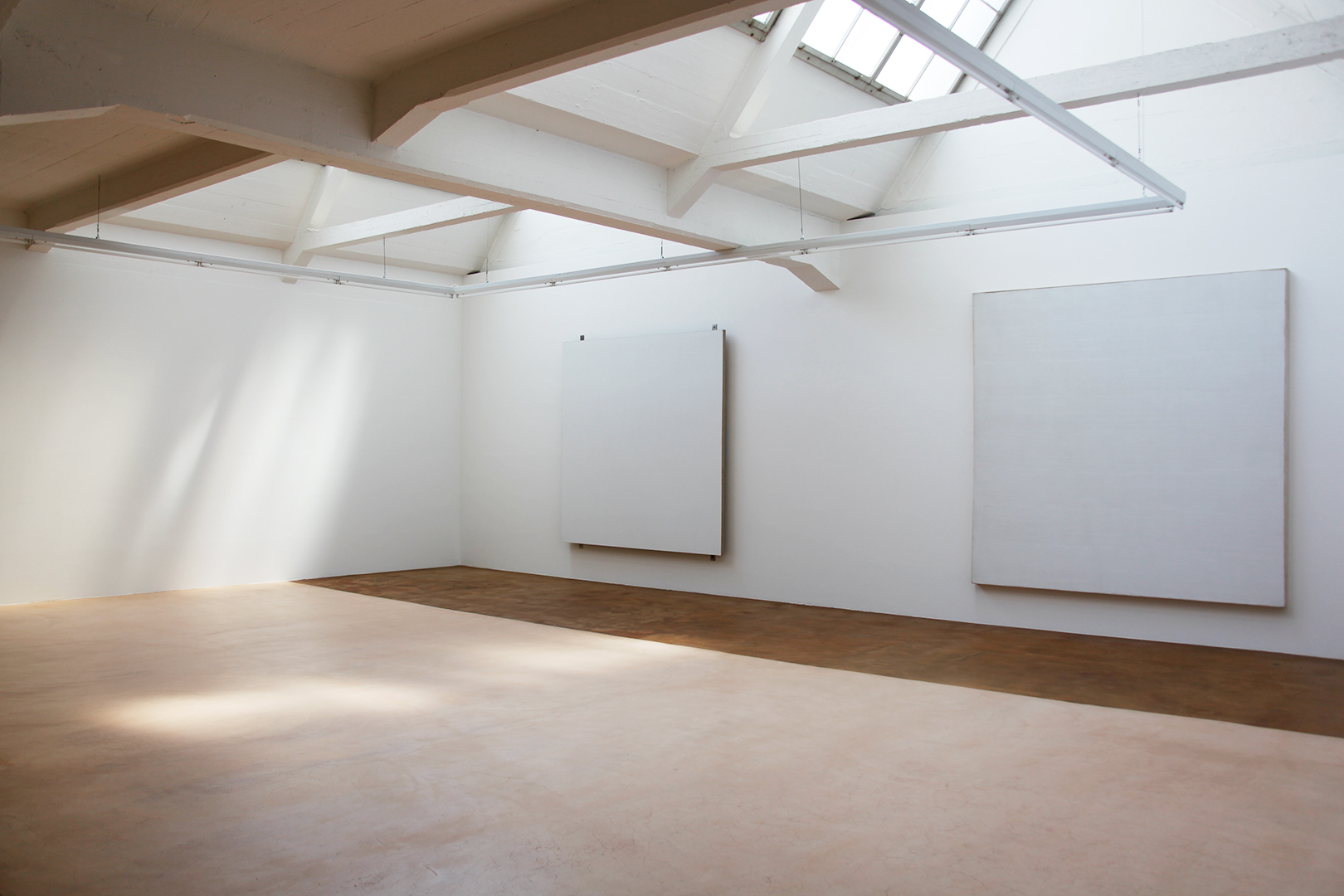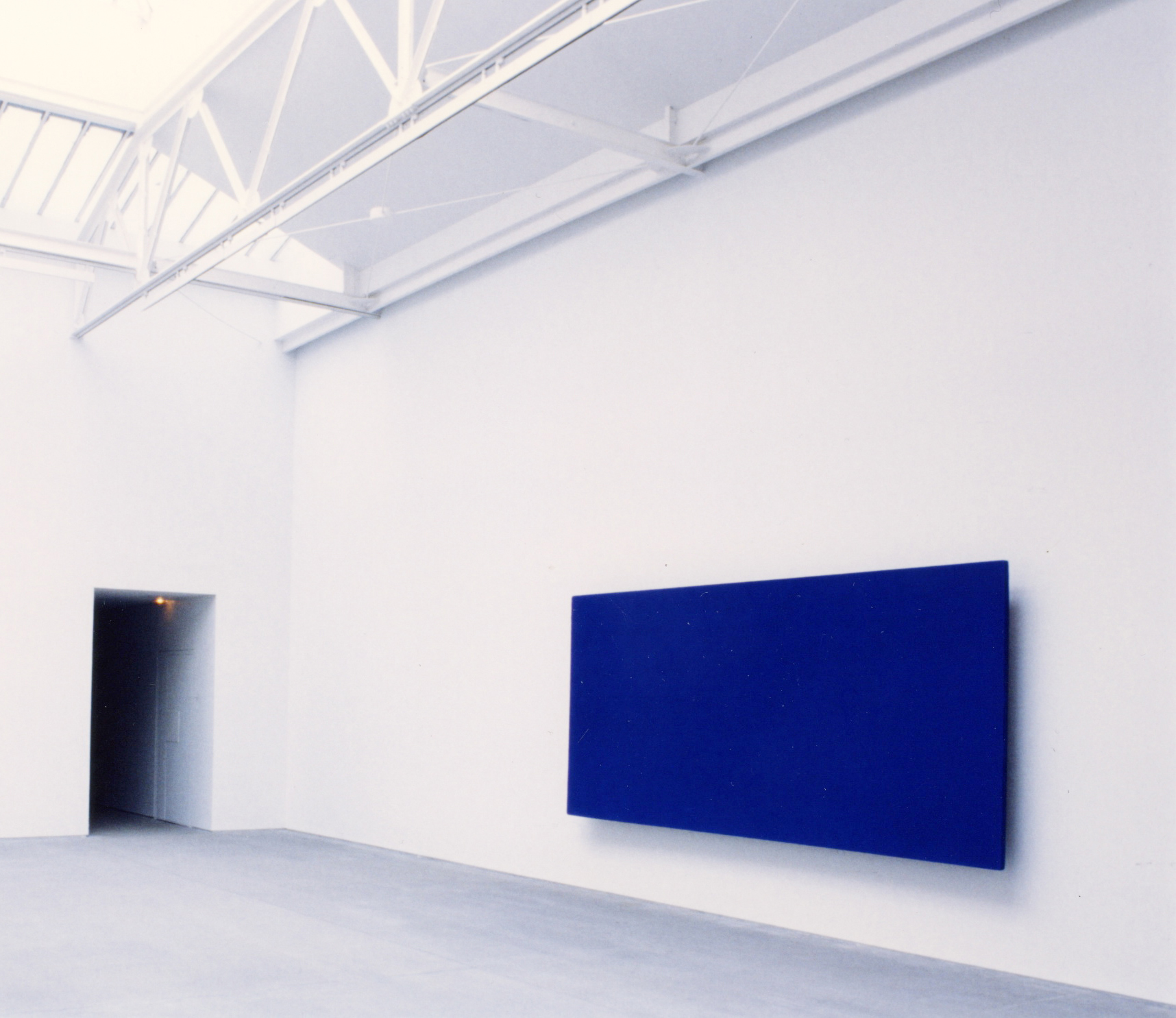Since the 1980s, a large number of new museums with a specific focus on contemporary art have opened around the world in boldly designed works of architecture. In the wake of this development and the expansion of the art market that has taken place at the same time, both the appearance of an art that is increasingly promoted by the media, and public expectations of institutions “responsible” for art, have changed. These changes were set in motion by a new generation of gallerists, collectors and curators, who began to offer a growing range of events and highlights and thus directed widespread attention to the prestige and entertainment value of the art industry. Major players in this global process are the (star) architects with whose help (and that of the financial backers) art museums seek to guarantee their appeal – at least until they are trumped by even more ambitious designs by other institutions.
In the context of the shift in the general discussion from the function to the external appearance of art museums, it is interesting to return to a talk given by Urs Raussmüller right at the start of this development. The talk was delivered on 1 November 1991 as part of the “Denkraum Museum” series at the Architektur Forum Zürich and examines the criteria which play a determining role in the conception and impact of art museums. The text appeared as Statement 2 in the publication Denkraum Museum, edited by Moritz Küng (1992), and is here reproduced in abridged and revised form.
The Museum as Concept and Philosophy
Statement by Urs Raussmüller

© Yves Klein / 2018, ProLitteris, Zürich. Photo: © Raussmüller.
When we think about the concept of the museum (and we are talking here about a museum of art, although the word of course appears in countless other combinations: local history museum, cat museum, fire brigade museum…), it is immediately clear that it describes a place where we preserve something. An art museum is a place where works of art are preserved. When we talk, by contrast, about a Kunsthalle (literally a “hall of art”; an art gallery), as is also the case here, we mean an institution where artworks are brought in from outside, exhibited for a certain period of time and then taken away again. Unlike the art museum, the Kunsthalle does not have a permanent collection that needs to be conserved in the long term.
I was asked today about the differences between the art institutions I have created over the years.* Although, on the outside, they are very different, the way they behave is the same: they are all places that want to trigger art. I want to make a point here that receives too little attention, namely that when we talk about museums and about exhibiting art, we need to be clear that first of all we need the thing itself: the art. The art has to be made before the museum can show it. In other words, creation must come first and afterwards the exhibition of what was created. And that is why I think we should on no account understand the museum simply as a place that preserves or as a place that exhibits, but as an interface between creation and communication – as a place responsible for ensuring that the making of art is possible at all.
Seen in this light, the museum has a series of essential functions to fulfil before it exhibits. It must adopt a cultural position, it must serve as a parameter for creators of art, and it must will and provoke art and do what it can as an institution to enable art to be produced. It must then monitor the quality of new works on behalf of and together with their artists. Only after that has happened and the works are hanging on the wall or installed in the gallery space, only then does the public enter the scene and the exhibition (and all the things that usually get talked about) begin.
This crucial first part frankly always gets forgotten. It deserves to be discussed in greater depth and I shall be doing that on another occasion. Here at Architekturforum Zürich, however, I would like to focus on another aspect: the relativity of museum architecture.
When you build a factory, be it a spaghetti factory or a car plant, the first, most important consideration is the philosophy of the company. Once we are clear about the corporate philosophy, we make all other decisions in line with this philosophy. It is no different with a museum. The philosophy of the institution, its basic understanding of itself, must stand in first place, in other words: how does the museum perceive its function? This is followed in second place by its behaviour: how does the museum turn its aims into reality? In third place is its programme: what does it do? In fourth its financial resources: with what and on what scale does it act? In fifth the number and function of the persons working for the museum: who does what? And in sixth place comes the museum’s outward form: what does it look like?
And when I say its outward form, I mean primarily its architecture. I contend that, on the list of the things that matter most for a museum, architecture ranks sixth in importance. Many debates about the museum revolve almost exclusively around the subject of architecture: to these I would like to point out that the real discussion should be about the institution’s philosophy before anything else, and that the extent to which its outward form is dependent upon this philosophy will subsequently very soon become apparent.

© Robert Ryman / 2018, ProLitteris, Zürich. Photo: © Raussmüller.
Thinking about some of the new art museums of which we have heard a great deal and of the names connected with them, those mentioned in first place are not the names of artists or works – i.e. names related to the museum’s content – but those of architects. I ask myself: can these institutions prosper if architecture as such takes first place and consequently everything else must be subordinate? To my mind, it doesn’t augur well. You will understand immediately what I mean when, taking the example of the Greek temple, I ask you: why is such a temple so magnificent? It is magnificent because its philosophy lies at its base and because this philosophy determines its behaviour, its positioning, its aura etc. As the expression of an absolute, holistic idea, not as one part of it, the Greek temple is a harmonious whole.
The museum, too, is a whole. I cannot devise a single part that goes against its philosophy and at the same time preserve the museum’s integrity. You can’t give your full attention to art in a place that lacks authenticity. It seems to me impossible to concentrate on the specifics of artworks if the overall whole is not right and consequently unsettles you.
Art museums naturally have different institutional philosophies. To be a place of entertainment, for example, or to be a showcase, like the Musée d’Orsay in Paris. I can also make a museum whose institutional philosophy is simply to inform and not to judge, or a museum that wants to voice social criticism. I can create a museum that facilitates greater self-awareness or a museum that is uplifting: through what they experience, visitors then feel creative themselves.
There are many possible institutional philosophies, in other words, and all can be justified to a greater or lesser extent. True for all of them, however, is the fact that they determine everything that follows in terms of decision-making. The philosophy of the Centre Pompidou, namely to serve as a memorial for a deceased French president, consequently means that as many people as possible must be brought into contact with his name. This goal can be achieved by uniting various national cultural institutions under one roof. This then yields the programme. The financial resources thereby play a secondary role; the main thing is that the Centre Pompidou is a hive of activity. Its outward form is precisely what the building also expresses: it is a place where people breathe fire on the piazza in front and where – fortunately – not all visitors go to the art department, but are carried up by the escalators on the outside of the building to the terrace and the cafeteria. This is a logical facility determined by its institutional philosophy.
Another kind of institutional philosophy is represented, for example, by the J. Paul Getty Museum in Los Angeles, a location with little cultural tradition (movie-making culture aside). The intention here was to show people what a museum actually is, and to this end a replica of a Roman villa was constructed. The concept in this case is not primarily about content and we rarely talk about what the museum does. Rather, it is about the fundamental concept of the museum per se and its visualization in a place with a culture of physical exercise.
In this way we could interrogate all institutions on the basis of their philosophy and ask ourselves what they want and what they do. Here I might also add that many American museums are educational museums, i.e. museums whose philosophy is to present, through the medium of genuine artworks, the history of art as clearly as possible to a society that is relatively young and has little awareness of cultural history. When it comes to how these institutions behave, this means that they perform a great deal of educational work, publish many catalogues, etc. Even if I have sometimes put it here in slightly exaggerated terms: all these institutional philosophies have effects that lead to specific forms of behaviour and ultimately also to a specific outward form.
There is another type that I would also like to mention, since it is not entirely unimportant in the present context: the museum as urban monument. Today urban monuments are usually erected on sites where there is not necessarily anything exciting to see – as in Mönchengladbach, for example. Hence their architecture is very important, since it creates the whole spectacle. The question of what is contained inside this architecture may not necessarily have been asked; since people were thinking “monument”, in other words outward form, there was often not much left for the contents.
In this context I would also like to briefly break down in more detail what I have described as a museum’s financial resources. When we talk about a museum and about money, we are talking about three sorts of finance: firstly, the investment funds needed to build the museum, which are often disproportionately high. Secondly, the working capital needed to maintain the status quo, the regular running costs that start from Day One of the museum’s operation and whose scale is often underestimated. And thirdly we are talking about project funding, i.e. the funding that goes towards the actual artistic and cultural activities. In a nutshell: funds for the construction, funds for maintenance and staff, and then whatever is left over for the museum’s actual mission.
Let us take another look at these different categories and how they impact on one another in the case of Mönchengladbach. Here, the philosophy of “urban monument” has determined the museum’s behaviour, which is to appear attractive from the outside. The programme starts to feel the lack of project funding and the museum has to loan “content” – i.e. artworks – from collectors, who hopefully will not extort too much from it. The financial resources have been sufficient to build the cultural monument, but are barely sufficient to run it, let alone to create content.
Whether or not you can do something is not necessarily a question of the amount of money available. It is much more a question of how you allocate those resources, in other words a question of intent: how much do I want – and am I able – to spend on what? Only a clear institutional philosophy allows a clear answer to this question.
In conclusion, I would like to return one last time to this central point, the philosophy of the institution. I have named some of the possibilities in this regard. There is one, however, I have not yet mentioned: the art museum that is not a memorial and not political, not an urban monument and not an architect’s museum, not a place of education and not someone’s personal statement, but which is humbly and quietly a museum for art. Now and again you find one of these, too, and it thereby sometimes results in a happy outcome – because at last art, too, is in a place where it can unfold properly as art.
Translated by Karen Williams
21.08.2018
* InK, Halle für internationale Kunst, Zurich; Hallen für Neue Kunst, Schaffhausen; Renn Espace, Paris
© 1991/2018 Urs Raussmüller / Raussmüller
